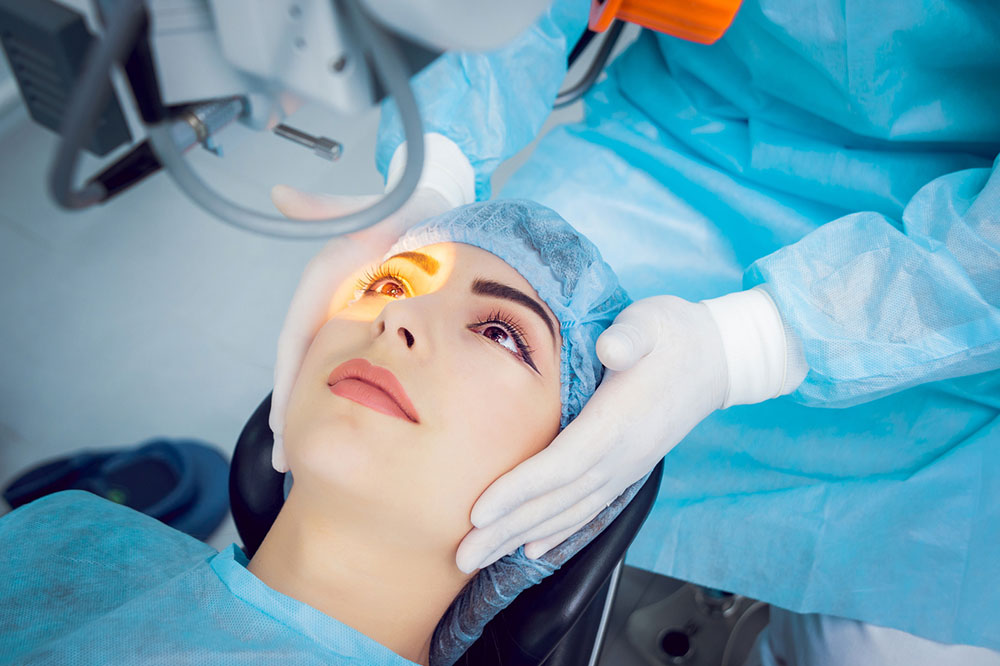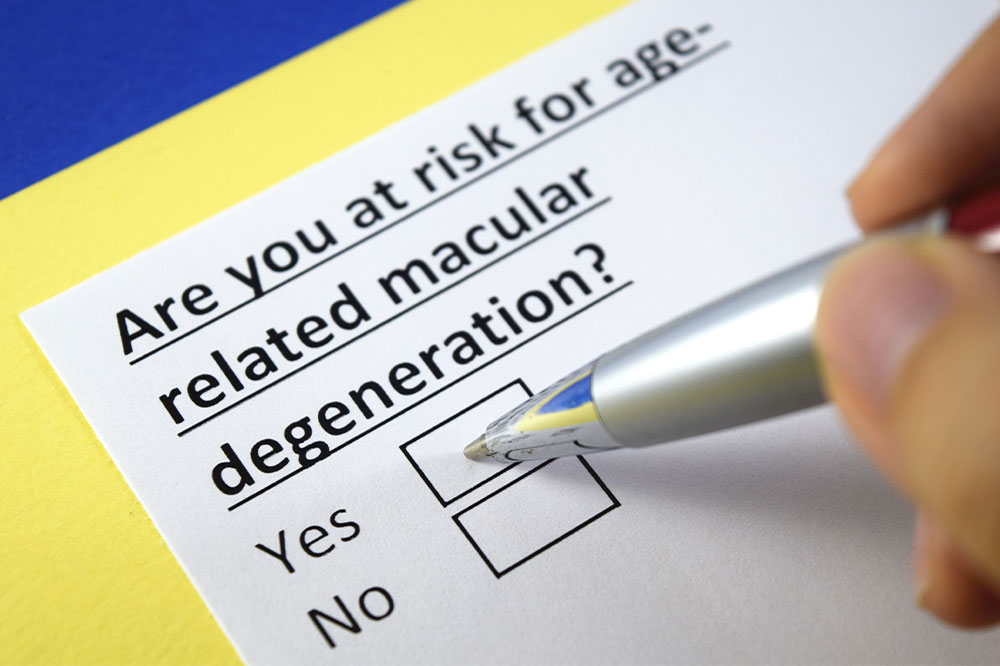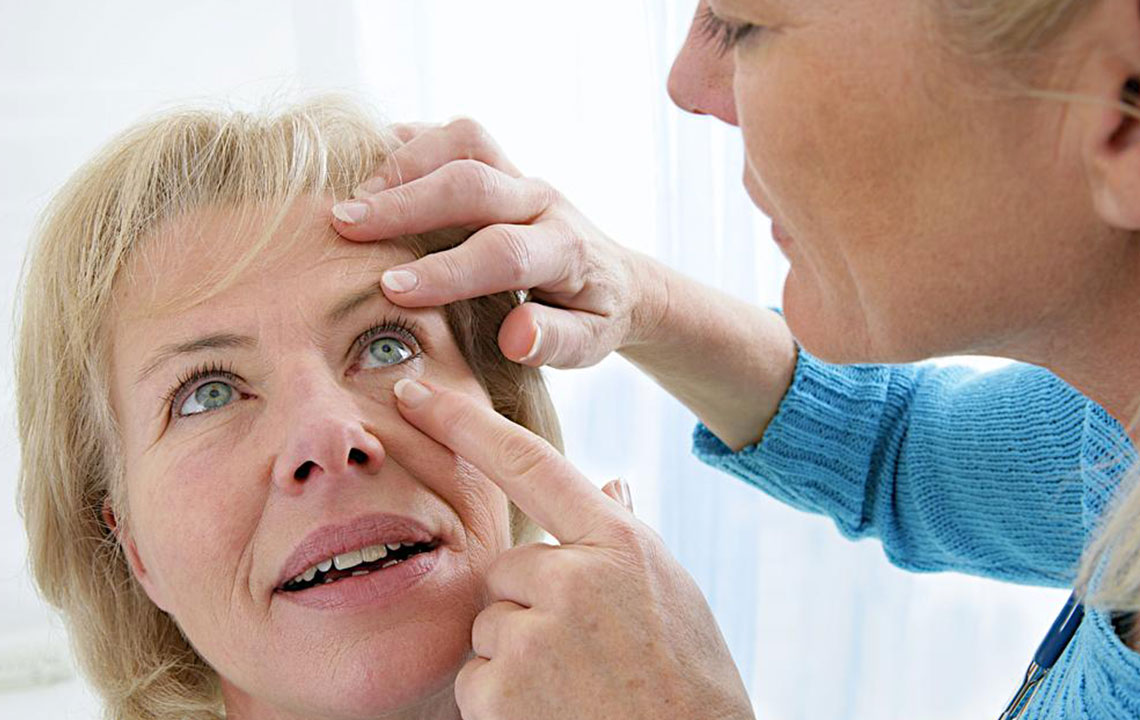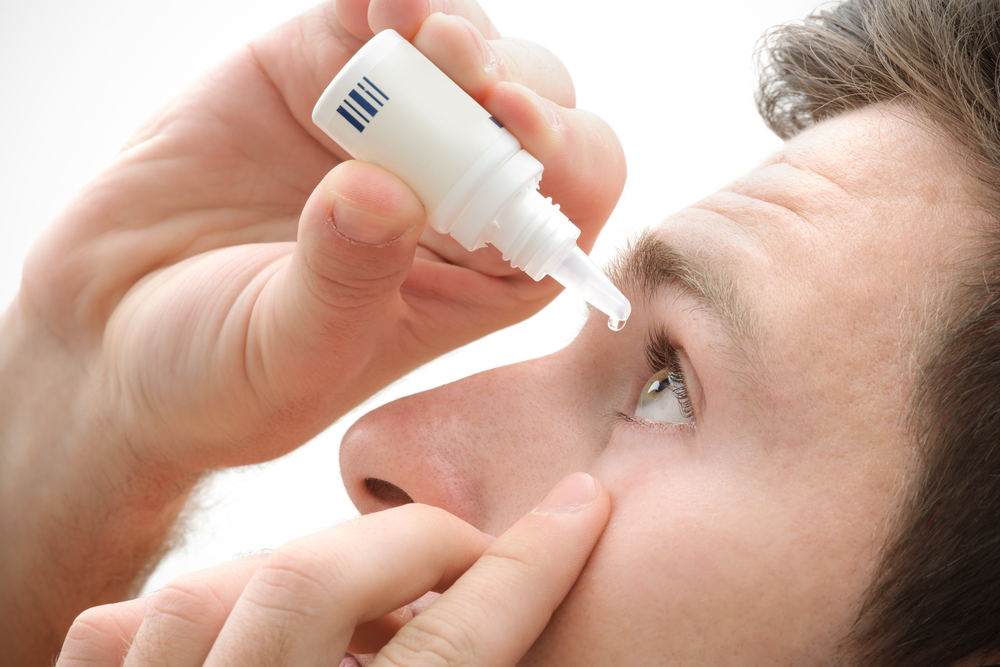Comprehensive Strategies for Managing Wet Age-Related Macular Degeneration
Explore comprehensive strategies for managing wet age-related macular degeneration, including latest treatments like anti-VEGF injections, photodynamic therapy, and laser photocoagulation. Early detection and personalized care are crucial for maintaining vision. Stay informed about advances in AMD treatment options that help slow disease progression and improve life quality.

Comprehensive Strategies for Managing Wet Age-Related Macular Degeneration
Wet age-related macular degeneration (AMD) is a serious eye condition that affects millions of people worldwide, particularly those over the age of 50. This condition is characterized by the growth of abnormal blood vessels beneath the retina, which can leak fluid or blood, leading to rapid and severe vision loss if left untreated. While there is currently no definitive cure for wet AMD, numerous medical treatments and management techniques can effectively slow the disease's progression, preserve remaining vision, and sometimes even restore slight visual acuity. Early diagnosis and intervention are crucial in managing this condition effectively, highlighting the importance of regular eye screenings for at-risk populations.
Understanding Wet Age-Related Macular Degeneration
AMD is classified into two types: dry and wet. The dry form, characterized by drusen (yellow deposits) accumulating under the retina, progresses slowly and is more common. Wet AMD, though less prevalent, advances rapidly and causes more significant vision loss over a shorter period. The primary culprit in wet AMD is the proliferation of abnormal blood vessels under the macula, the part of the retina responsible for sharp central vision. These vessels are fragile and prone to leaking or bleeding, which can distort the retinal tissue and lead to irreversible damage if not managed promptly.
Why Early Detection Matters
Early detection of wet AMD can dramatically improve treatment outcomes. Symptoms to watch out for include sudden blurred or distorted central vision, straight lines appearing wavy, dark areas in the central vision, or a sudden decrease in clarity. Regular eye exams, especially for individuals over 50 or those with risk factors such as family history, smoking, or cardiovascular disease, are essential. Detecting wet AMD in its early stages allows for prompt treatment, which can slow disease progression, reduce vision loss, and sometimes even improve visual function.
Medical Treatments for Wet AMD
The cornerstone of wet AMD management involves therapies aimed at controlling abnormal blood vessel growth and leakage. Several FDA-approved medications and procedures have been developed, making it possible to significantly influence the disease's course.
Anti-VEGF Injections
Anti-vascular endothelial growth factor (anti-VEGF) therapy is the primary treatment modality for wet AMD. These injectable medications work by blocking substances that promote new blood vessel growth. Commonly used drugs include brolucizumab (Beovu®), aflibercept (Eylea®), ranibizumab (Lucentis®), bevacizumab (Avastin®), and pegaptanib sodium (Macugen®). The injections are administered directly into the vitreous humor of the eye after numbing the area locally, typically using a tiny needle.
Patients usually require injections every four to eight weeks initially, with the frequency adjusted based on how their disease responds. Regular follow-up exams are vital to monitor the activity of abnormal vessels and to determine the necessity of ongoing treatment. Anti-VEGF therapy has demonstrated remarkable success in stopping or even reversing vision loss in many cases, especially when administered early.
Photodynamic Therapy (PDT)
Photodynamic therapy is a minimally invasive treatment that involves injecting a light-sensitive drug called verteporfin into a vein in the arm. This medication accumulates selectively in the abnormal blood vessels in the retina. After allowing sufficient time for the drug to circulate, a low-energy laser is directed at the retina, activating the drug and sealing off leaking vessels. The procedure lasts approximately 20 minutes and often requires multiple sessions depending on the patient's response. PDT is beneficial for certain types of wet AMD but is generally used in combination with anti-VEGF injections to enhance outcomes.
Laser Photocoagulation
Laser photocoagulation involves using a high-energy laser beam to precisely target and seal leaking blood vessels. This procedure is typically reserved for cases where lesions are located away from the central vision zone to minimize the risk of damaging vital retinal tissue. The procedure involves numbing the eye with anesthetic drops before delivering the laser. While laser treatment can halt the progression and prevent further vision loss in some cases, it carries risks such as creating permanent blind spots or scarring, and recurrence of abnormal vessels is possible, especially if the damage to the macula is extensive.
Additional Management Strategies
Beyond pharmacologic interventions, lifestyle modifications can support disease management. Maintaining control over cardiovascular health, avoiding smoking, managing blood pressure, and adopting a diet rich in leafy greens, omega-3 fatty acids, and antioxidants can contribute to overall eye health. Additionally, low vision aids and assistive devices can help maximize remaining vision and improve quality of life for those with significant impairment.
The Future of Wet AMD Treatment
Research is ongoing to develop longer-lasting treatments and innovative approaches such as gene therapy, stem cell transplantation, and novel drug delivery systems. These advancements aim to reduce the treatment burden, improve outcomes, and potentially restore vision more effectively. As understanding of the disease mechanisms deepens, personalized treatment plans tailored to individual patient profiles are expected to become more prevalent.
Summary
While wet age-related macular degeneration remains a challenging condition with no definitive cure, significant progress has been made in managing its progression. The key is early detection and continuous treatment—most notably with anti-VEGF injections, photodynamic therapy, and laser procedures. Patients should have regular eye exams and seek prompt care if symptoms arise. With upcoming innovations in treatment technologies, there is hope that future therapies will provide even better results, preserving vision and improving quality of life for millions affected by this condition.





